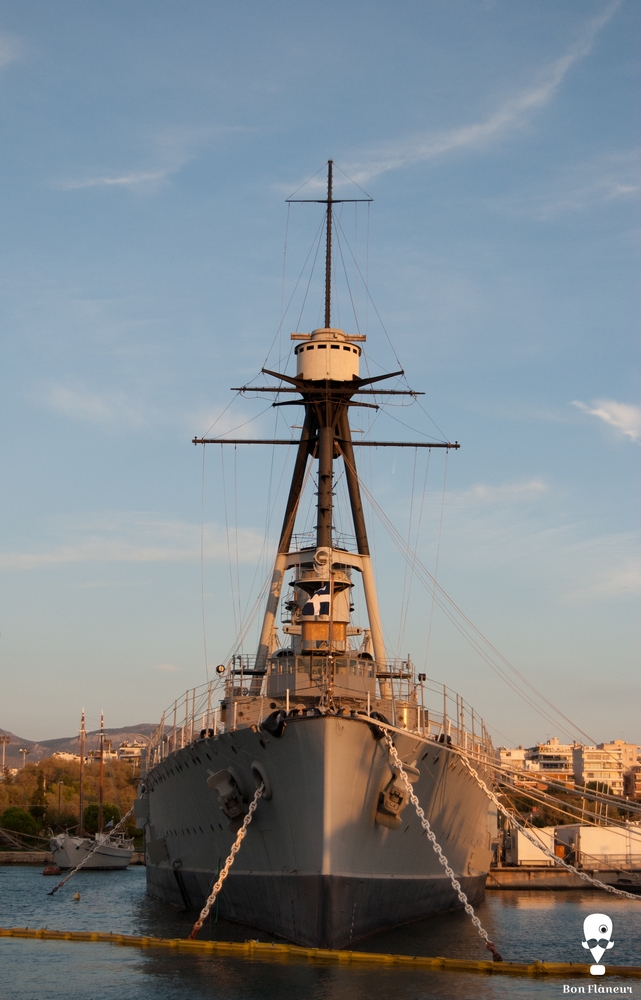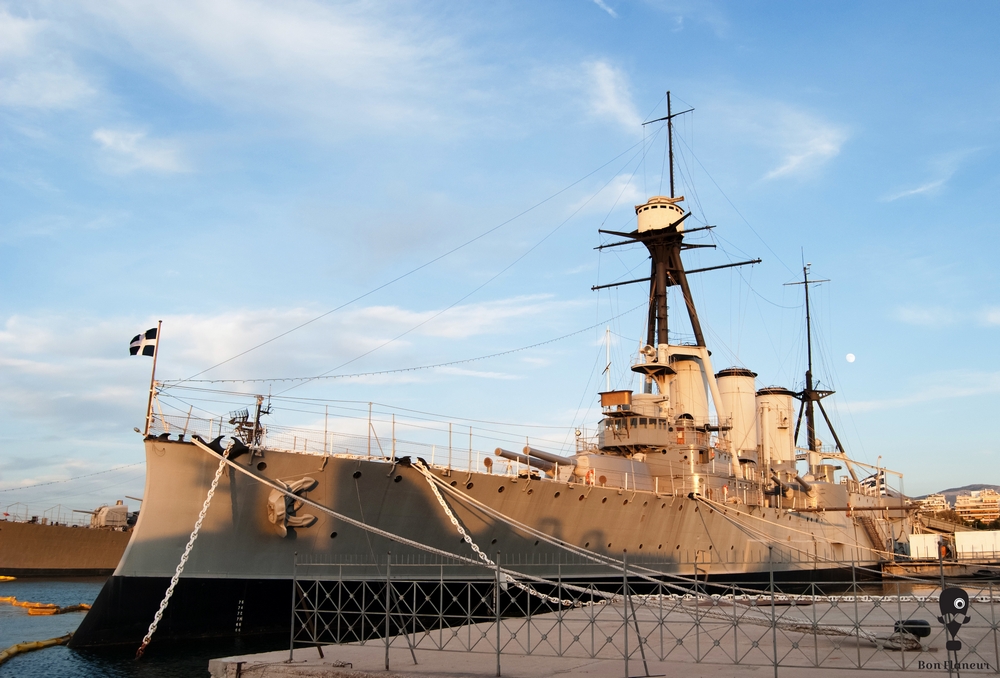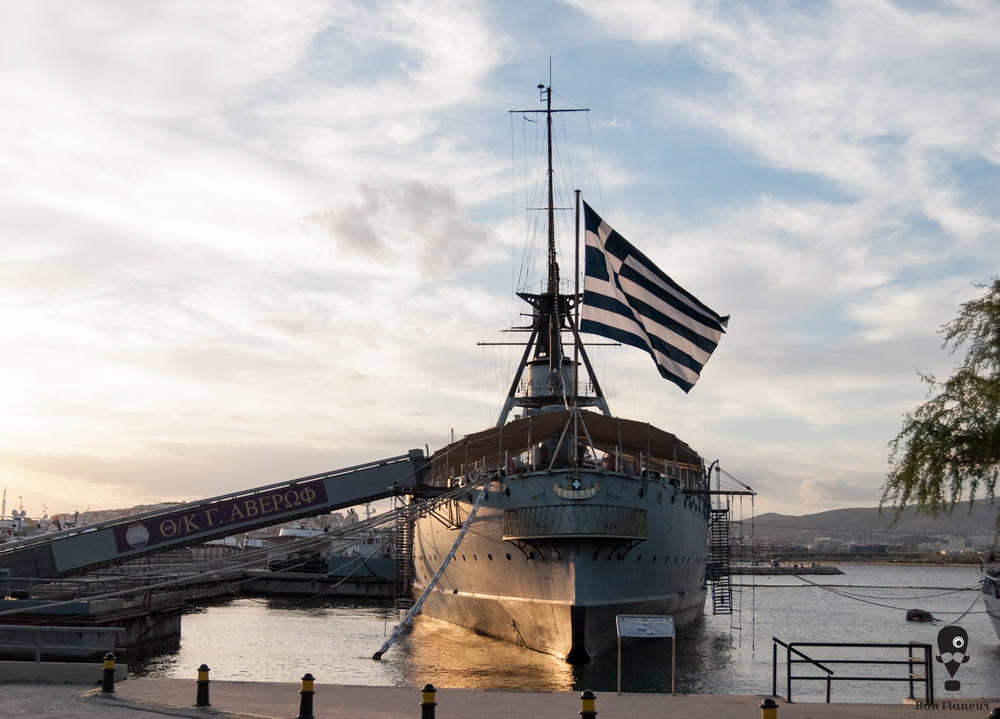Battleship Averof
The battleship Averof has been linked to the most difficult moments of modern Greek history and is a museum.
Location
Timeline
Modern and Contemporary era (1821 - )
1910 It was launch in Italy on the 12th of March.
1911 On September 1st, sailed to Faliro and the Athenians welcomed it festively.
1952 Disarmed.
2011 100 years after its launch, became a museum.
2017 Last preservation. Exhibited for a short period in Thessaloniki.





Share